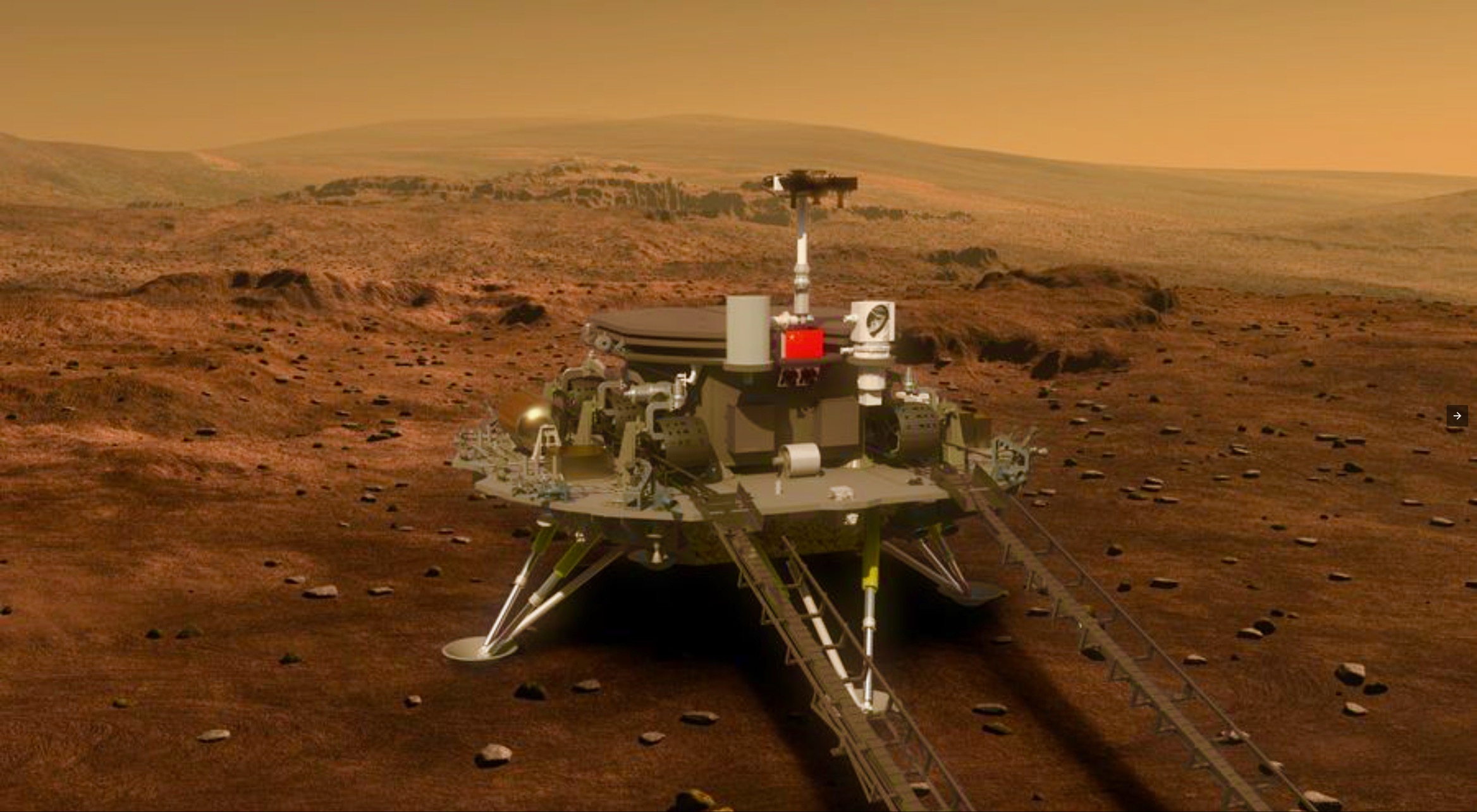Scientists have observed how lambda particles, or “strange matter,” are produced using semi-inclusive deep inelastic scattering (SIDIS). The results come from an experiment conducted at the U.S. Department of Energy‘s Thomas Jefferson National Accelerator Facility. The dataset was initially collected in 2004, and it took nearly a decade for researchers to re-analyze the data to yield these unprecedented measurements. The experiment involved nuclear physicists tracking what happened when electrons from the Continuous Electron Beam Accelerator Facility (CEBAF) scattered off the target nucleus and probed the confined quarks inside protons and neutrons.

Each lambda comprises three quarks: one up quark, one down quark, and one strange quark. Unlike protons and neutrons, lambdas contain strange quarks; matter that contains strange quarks is known as strange matter. Physicists shot CEBAF’s electron beam at different targets, such as carbon, iron, and lead, to see how these particles of strange matter form from collisions of ordinary matter. After the electron interacts with a quark or quarks via an exchanged virtual photon, the “struck” quark(s) begin moving as a free particle in the medium, typically joining up with other quark(s) it encounters to form a new composite particle as they propagate through the nucleus. Furthermore, sometimes, this composite particle will be a lambda.

The lambda is short-lived, and after formation, it swiftly decays into two other particles: a pion and either a proton or neutron. To measure the different properties of these briefly created lambda particles, physicists must detect their two daughter particles and the beam electron that scattered off the target nucleus. This work is the first to measure the lambda using SIDIS in the forward and backward fragmentation regions. Using this method to study lambda particles is more difficult because the particle decays so quickly that it cannot be measured directly.
The results from the experiment were recently published in Physical Review Letters.
References
- Chetry, T., El Fassi, L., Brooks, W. K., Dupré, R., El Alaoui, A., Hafidi, K., Achenbach, P., Adhikari, K. P., Akbar, Z., Armstrong, W. R., Arratia, M., Atac, H., Avakian, H., Baashen, L., Baltzell, N. A., Barion, L., Bashkanov, M., Battaglieri, M., Bedlinskiy, I., … CLAS Collaboration. (2023). First measurement of λ electroproduction off nuclei in the current and target fragmentation regions. Physical Review Letters, 130(14), 142301. https://doi.org/10.1103/PhysRevLett.130.142301
- Patrick, C. (2023, April 18). TEASING STRANGE MATTER FROM THE ORDINARY. Jefferson Lab; Thomas Jefferson National Accelerator Facility. https://www.jlab.org/news/releases/teasing-strange-matter-ordinary











